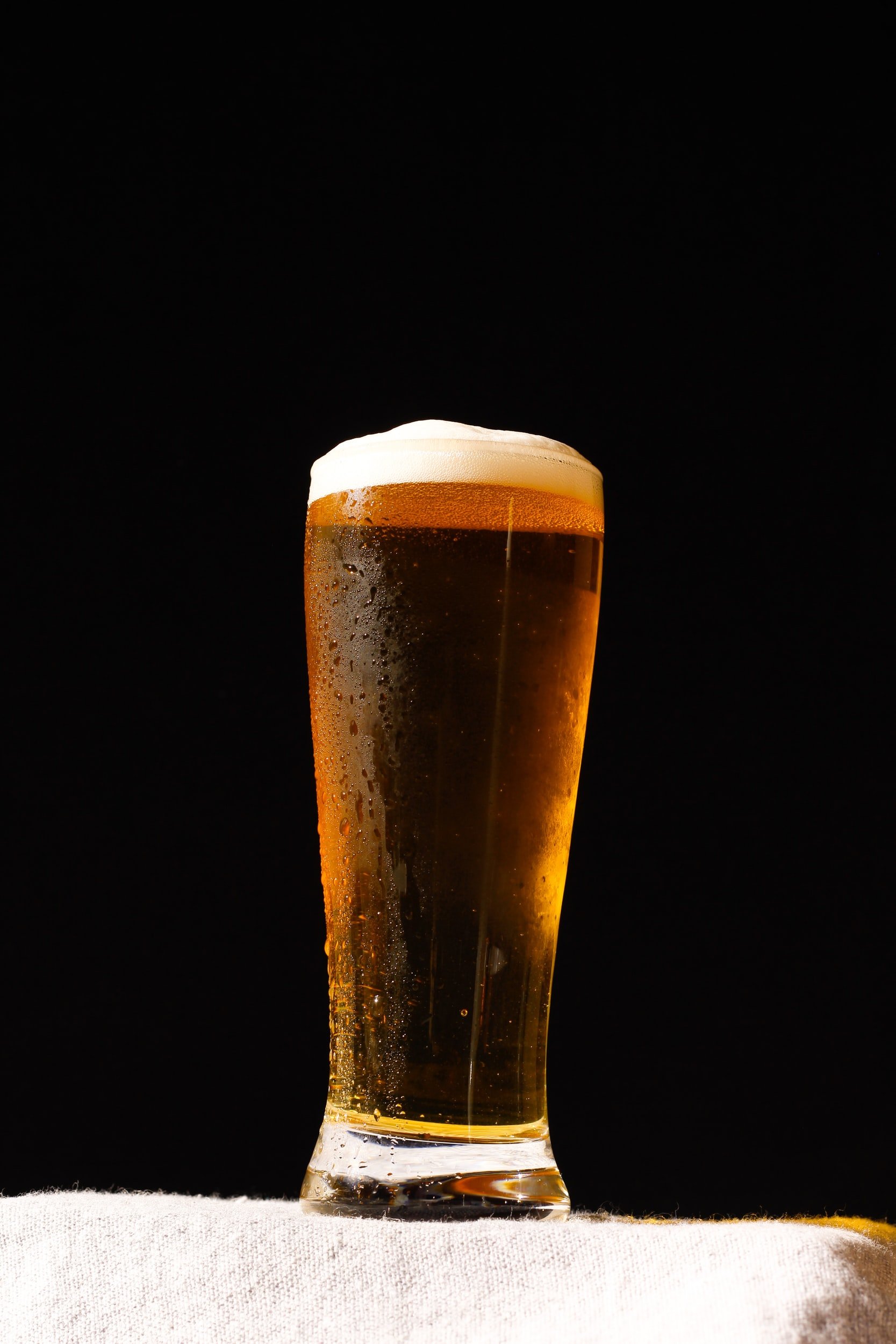Going Against the Grain: Gluten, Where to Find It, and How to Avoid It
Gluten-free may seem like all the rage these days. To eat gluten or to not eat gluten is the big question and can be a very controversial topic. Today, I’ll discuss what gluten is, what foods contain it, why you may want to eat gluten-free, and what to look out for when choosing gluten-free foods.
What is gluten?
Gluten is a protein found in wheat, barley, and rye. It provides elasticity which helps the grains hold their shape and gives them a chewy texture. Without gluten, bread or other baked goods won’t rise when baked and they won’t hold their shape. There are alternative flours that can be used for gluten-free baking, but often the product is much denser due to the lack of gluten.
Which foods contain gluten?
Gluten is naturally occurring in many foods but also is often added to sauces or dressings as a thickening agent. Here are some common sources of gluten in the diet:
Bread
Flour tortillas
Pasta
Oats (though they don’t technically contain gluten, they are often contaminated with it during processing)
Crackers
Cereal
Baked goods, like cookies, cakes, and pastries
Soy sauce
Creamy soups
Some sauces, gravies, and dressings
Processed meats, like some hot dogs
Fake meats, like seitan
Beer
Why eat gluten-free?
Many people can tolerate gluten without any issues, but for some people, it can trigger an inflammatory or autoimmune reaction.
Celiac disease
Celiac disease is an autoimmune condition. Symptoms can include stomach pain, bloating, diarrhea, constipation, headache, fatigue, skin rash, unexplained weight loss, and foul-smelling stools. Any amount of gluten that is ingested can cause damage to the small intestine, but with the complete removal of gluten from the diet, the small intestine can heal.
Non-celiac gluten sensitivity
Non-celiac gluten sensitivity (NCGS) is a sensitivity or intolerance to gluten. This can be difficult to diagnose because there aren’t any specific tests. Symptoms can include fatigue, bloating, diarrhea, stomach pain, and depression. For some, completely removing gluten from the diet is necessary to alleviate symptoms, but others may be able to tolerate gluten in small amounts.
Wheat allergy
A wheat allergy is most common in kids but is often outgrown by adulthood. This is an immune response and symptoms, such as hives, nasal congestion, swelling of the throat, or anaphylaxis, occur soon after the ingestion of wheat. Unlike Celiac disease and NCGS, people with a wheat allergy can still eat barley and rye, just not wheat.
What to look out for when buying gluten-free
When shopping for gluten-free foods, you should be sure to check nutrition labels. Often times extra sugar, fat, or salt have to be added to make gluten-free foods taste better. Grains typically are a great source of fiber, iron, and B vitamins, but many gluten-free foods have less of these or none at all. If you are eating gluten-free products, I’d generally look for foods with fewer items on the ingredients list. You’ll also want to make sure you are getting enough fiber, iron, and B vitamins, either from gluten-free foods or other sources, like fruits and vegetables.
Which grains are naturally gluten-free?
It’s best to try and choose less processed foods whenever you can. There are plenty of naturally-occurring gluten-free grains, such as:
Rice
Millet
Quinoa
Oats (as long as they are labeled “gluten-free”)
Sorghum
Buckwheat
Amaranth
Corn
It’s easy to substitute these products for commonly-eaten gluten-containing products. For instance, try gluten-free oatmeal instead of cold breakfast cereal, or quinoa instead of pasta.
If you think you have a problem with eating gluten, I’d recommend talking with your doctor. If you’ve already determined that gluten is a problem for you and you need help figuring out what to eat, then click here to schedule a free call today!









